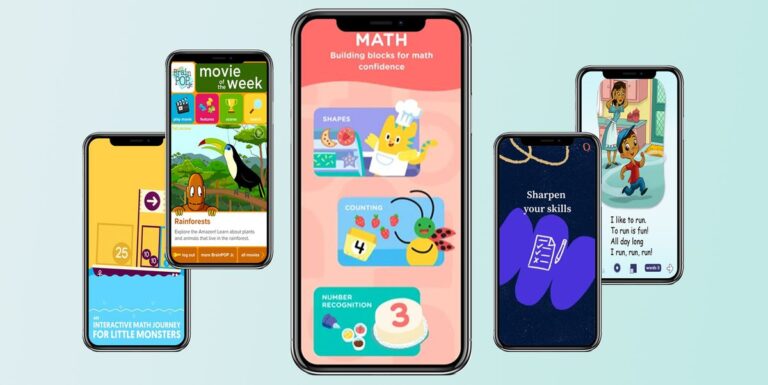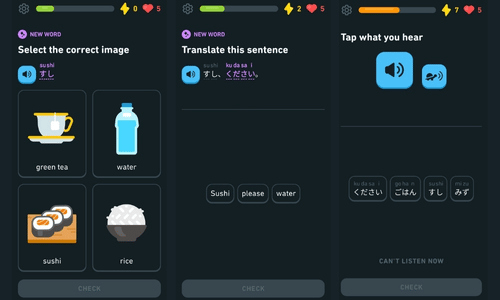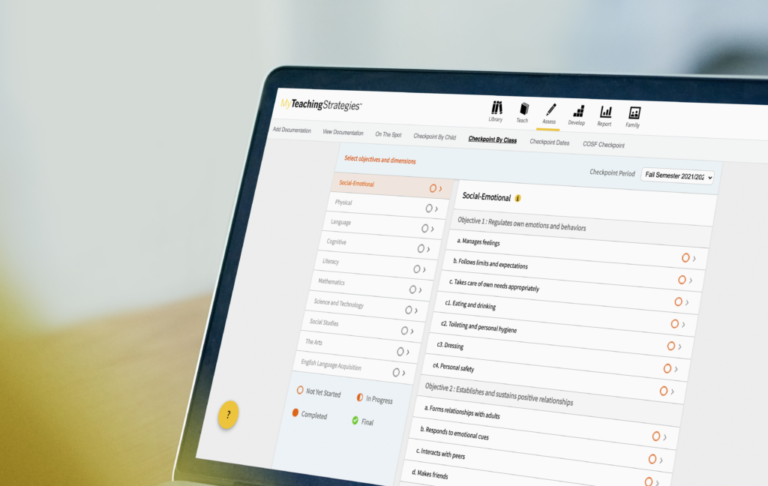If you’re planning a trip to Japan or are interested in learning the Japanese language, knowing how to say “hello” is a great way to start. Saying “hello in Japanese can help you connect with locals, show your respect for their culture, and make a good first impression. In this guide, we’ll explore everything you need to know about saying “hello in Japanese, including the different types of greetings, their meanings, and when to use them.
Table of Contents
Understanding the Importance of Greetings in Japanese Culture

Greetings are an essential part of Japanese culture, and they’re taken seriously. In Japan, the way you greet someone can set the tone for the rest of your interaction. Therefore, it’s crucial to understand the various types of greetings and their meanings to avoid offending someone inadvertently. Saying “hello” in Japanese is more than just saying a word; it’s about conveying respect, politeness, and gratitude.
Saying Hello in Japanese: Basic Greetings
The most common way to say “hello in Japanese is to use the word “konnichiwa.” You can use this greeting at any time of day, and it’s appropriate in any setting, whether formal or informal. You can also use the greeting “ohayou gozaimasu” to say “good morning” or “kombanwa” to say “good evening.” These greetings are simple and easy to remember, making them an excellent starting point for beginners.
Polite Greetings in Japanese
If you want to show extra politeness and respect, you can use “you gozaimasu in the morning and “kanban” in the evening, adding the word “gozaimasu” at the end. Similarly, you can say “Konnichiwa” with the honorific “o” at the beginning, making it “o-Konnichiwa.” This form of greeting is appropriate when addressing someone of higher social status or someone you respect, such as a teacher or an elder.
Casual Greetings in Japanese
In informal situations, such as among friends or peers, you can use the greeting “yo” instead of “Konnichiwa.” It’s a shortened version of the English word “yo” and is commonly used among young people. You can also use the greeting “Genki?” to ask how someone is doing, to which the standard response is “Genki desu” meaning “I’m fine.”
Business Greetings in Japanese

In Japan, business etiquette is essential, and it’s essential to use the correct greeting in a professional setting. When meeting someone for the first time in a business setting, you should use “hajimemashite to introduce yourself, followed by “yoroshiku onegaishimasu,” which means “please take care of me.” When leaving, you can say “sayonara” or “jaa mata,” meaning “goodbye” or “see you later.”
Other Greetings in Japanese
There are several other greetings in Japanese that you may come across, depending on the situation. For example, when entering someone’s home, you should use “tada ima to announce your arrival, and the host will respond with “Okay nasai to welcome you. Similarly, when someone leaves their home, they may say “it kiasu,” meaning “I’m going out,” and the response is “interassay,” meaning “go and come back safely.”
The Importance of Nonverbal Communication
In Japan, nonverbal communication is just as important as verbal communication. Therefore, it’s essential to pay attention to your body language, eye contact, and tone of voice when communicating with others. In Japanese culture, it’s considered impolite to make direct eye contact, so it’s best to maintain a relaxed gaze. Additionally, it’s common to bow as a sign of respect when greeting someone, with the depth of the bow depending on the formality of the situation.
Practice Makes Perfect

Like with any language, practice is essential when learning how to say “hello in Japanese. Try practicing with native speakers or using language exchange apps to improve your skills. It’s also helpful to listen to Japanese music or watch Japanese movies or TV shows to get a better understanding of the language and culture.
Conclusion
In conclusion, saying “hello in Japanese is more than just saying a word; it’s about conveying respect, politeness, and gratitude. Understanding the various types of greetings and their meanings is crucial to avoid offending someone inadvertently. Whether you’re planning a trip to Japan or interested in learning the language, knowing how to say hello in Japanese is an excellent starting point. So, start practicing and immerse yourself in Japanese culture to become proficient in the language.
Learn about: ¡Hola! Are you ready to master greetings in Spanish? Say “adiós” to awkward interactions and “hola” to confidence with our comprehensive guide. From basic phrases like ‘hello in Spanish‘ to more nuanced expressions, you’ll be speaking like a native in no time. Don’t miss out, join us on this language journey today









